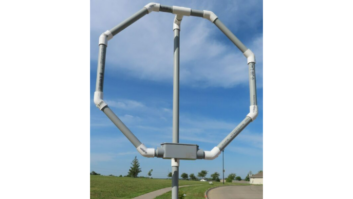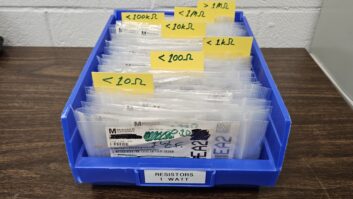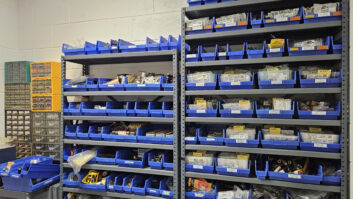If you’re evaluating low-power FM antennas, consultant Frank Hertel discourages models that use “flat strap stingers,” the stainless-steel metal straps that run from the feed point to the individual radiating elements. He says this is a concern particularly in an icy winter environment.
One of Frank’s clients had the dilemma pictured in Fig. 1 following an ice and wind storm. Note the broken strap.
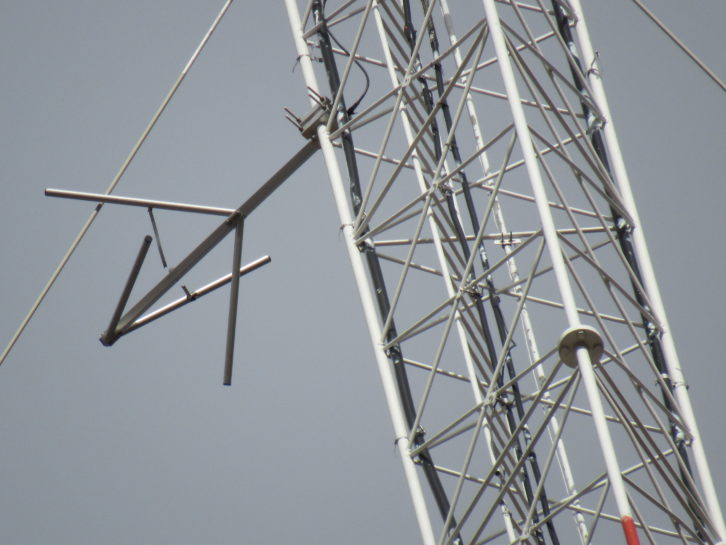
The problem presented as high VSWR. The antenna was 400 feet up the tower (which meant an $800 climbing fee at $2 per foot, even before any work is done). Evaluation of a different bay also showed the strap pulling free from the feed point because there was no flat washer; see Fig. 2.
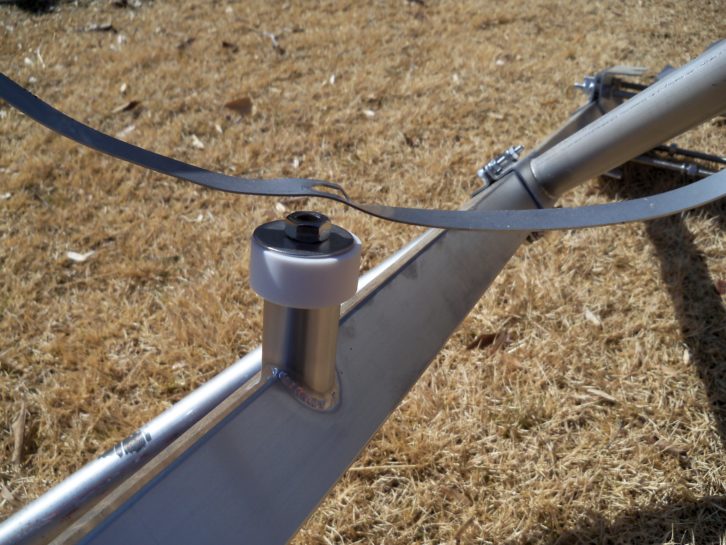
A different model that Frank has seen uses round stock with flattened ends for the feeder elements. He finds that design to be more robust and not subject to flapping around in the wind.
Fig. 3 shows Frank’s suggested fix for the broken strap: a stainless steel “fender” washer drilled using a Dremel or similar brand tool to provide slots wide enough to secure the strap when it is tightened.
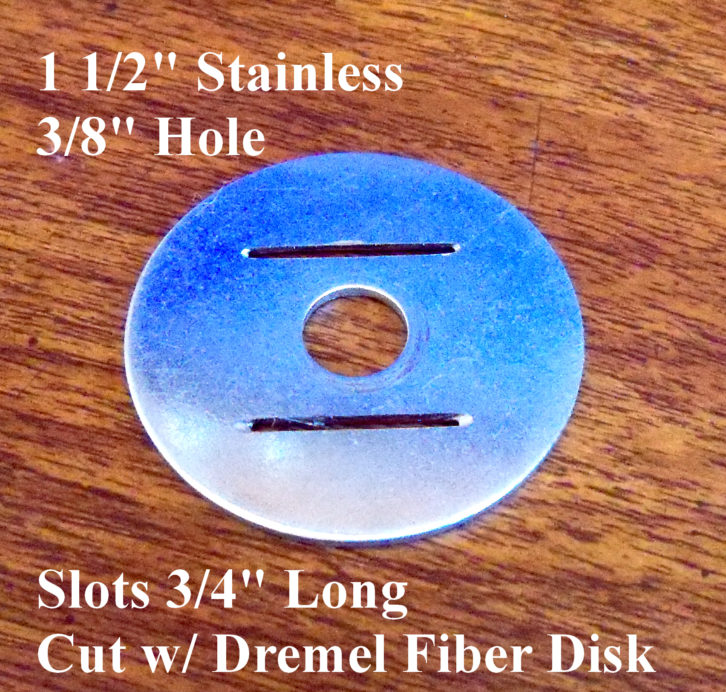
Fig. 4 shows how the strap can be routed through the slots, then sandwiched between the base washer and the top fender washer as in Fig. 5.
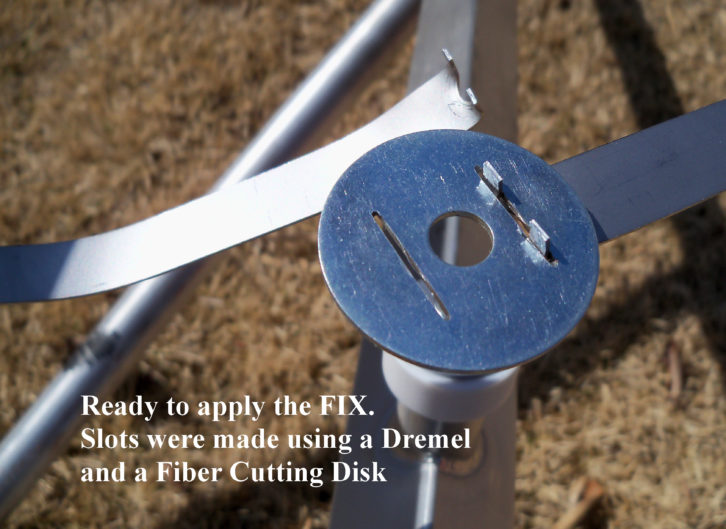
Frank qualifies this “flat strap stinger” design as a “fair weather” model.
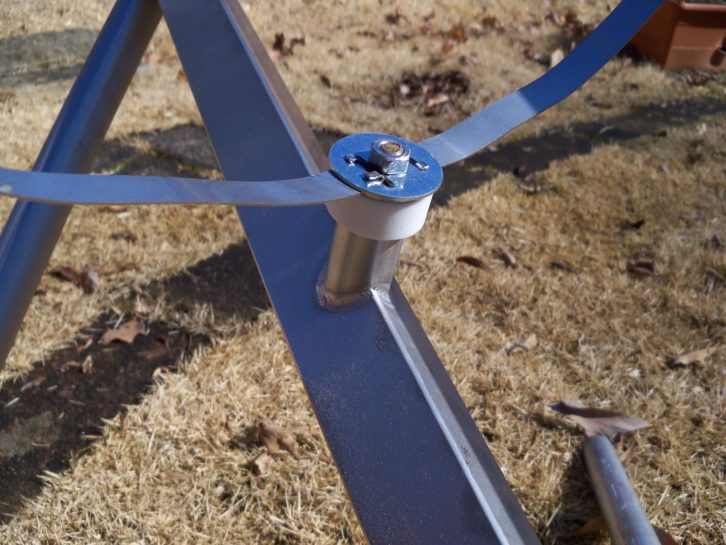
Undesirable DXing
I turned on the radio here in South Carolina the other day and a new FM station appeared clear as day, wiping out my local broadcaster. After listening for a couple minutes, I realized the signal was coming from Florida.
Tropospheric ducting occurs when a temperature inversion in the lowest layer of the atmosphere permits FM and TV signals to travel much farther than normal.
Hot, muggy summertime weather usually increases the ducting. But the effect can happen any time of the year, as I found out.
What drives PDs and engineers crazy is that the ducting effect can occur for hours or even days — and there’s no solution.
Share your own experiences of this phenomenon.
Programming insights
A good many readers of Workbench are current or former jocks, programmers or operations directors. Even for those who haven’t programmed a station, discovering new ways to gain listenership can be a fascinating study.
Programming consultant Gary Berkowitz knows adult contemporary music. He’s been a major-market air talent, programmer and consultant. (Like me, Gary is also a jingle nut. Google his interview with Jon Wolfert of JAM Productions on YouTube.)
As a service to the industry, Gary publishes AC Programming Today, a periodic e-newletter that’s free upon request. The most recent issue discusses cumulative audience — universally called cume — and TSL, or time spent listening.
[Check Out More of Workbench Here]
Gary explains you can’t have TSL without cume. It’s a quarter-hour game, and the station with the most quarter-hours is the winner. Holding the audience for at least five minutes in a quarter hour is the goal. Fascinating, even for engineers.
Even if your format is something other than AC, you’ll find Gary’s newsletter informative. Sign up for your newsletter here.
You’ll blow the minds of your GM and PD at the next managers meeting when you start talking about cume and TSL instead of chips and modules.
Hey, sunny…
When Frank Hertel sent his antenna fix discussed at the beginning of this column, he included a note about increased sunspot activity.
Sunspots are bursts of electrically charged energy that can interfere with other electromagnetic waves. Pops or bursts of noise or hissing are common to sunspot activity.
Frank noted that we are three years from the next peak of sunspot activity in 2025. The sun activity then will yield increased sessions of interference on a daily basis, but there are estimates that there’s potential for more interference than normal this year, too.
Typical interference begins in late spring and runs through early December. It can also affect satellite reception. It’s wise to be aware of this phenomenon.
John Bisset, CPBE, has 50 years in the broadcasting industry and is in his 32nd year writing Workbench. He handles western U.S. radio sales for the Telos Alliance. He is a past recipient of the SBE’s Educator of the Year Award.
Got an idea? Workbench submissions are encouraged and qualify for SBE recertification credit. Email [email protected].






